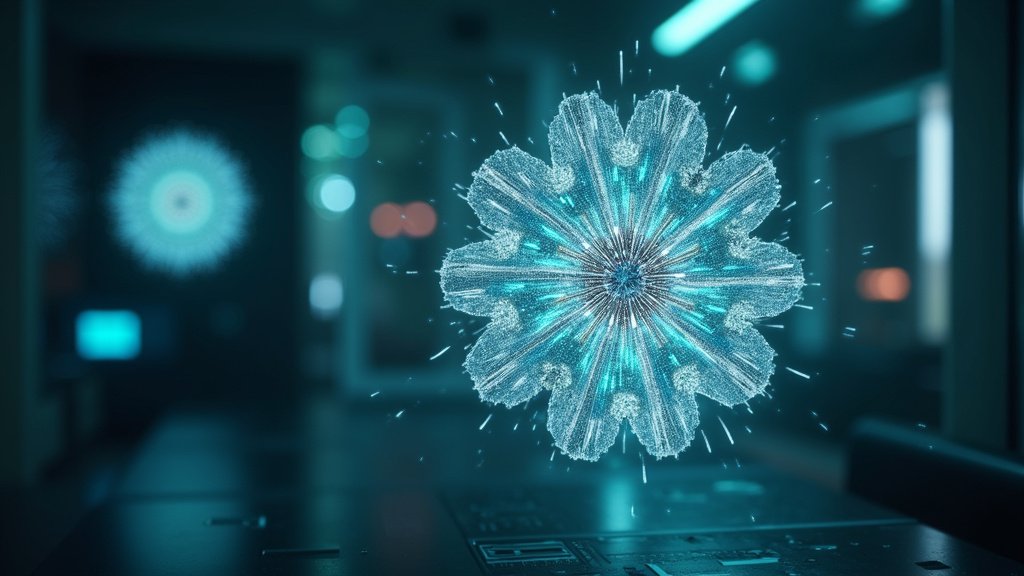In a significant development for the burgeoning field of quantum computing, researchers at the University of Osaka have unveiled a groundbreaking new method for generating “magic states.” These specialized quantum states are fundamental building blocks, absolutely critical for the realization of fault-tolerant quantum computers – the powerful, error-resistant machines that promise to redefine computation.
A More Efficient Path to Quantum Computing
The team at Osaka University has pioneered what they term a “level-zero” distillation method. This innovative approach dramatically streamlines the process of creating magic states, a task that has historically been a significant bottleneck in quantum technology development. The primary advantage of this new technique lies in its drastic reduction in the number of qubits and the overall computational resources required. This efficiency directly addresses one of the most persistent challenges plaguing quantum computing: quantum noise. Uncontrolled environmental factors can easily disrupt the delicate quantum states, leading to errors and unreliable computations. By minimizing the resources needed and the complexity of the process, this breakthrough promises to create more stable and robust magic states, thereby tackling the pervasive issue of quantum noise head-on.
Accelerating the Quantum Revolution
This advancement is poised to significantly accelerate the development of truly powerful quantum machines. The ability to produce high-quality magic states more easily and rapidly is expected to unlock new avenues for quantum algorithm research and practical application. The potential impact of such powerful quantum computers is vast, with experts predicting a revolutionary impact across a wide spectrum of industries. Fields like finance, where complex optimization problems are common, and biotechnology, which could benefit from advanced molecular simulations, are particularly anticipated to be transformed by this emerging technology.
The Science Behind the Breakthrough
The core of the innovation lies in the “level-zero” distillation technique. Quantum distillation is a process used to purify quantum states, enhancing their quality and reducing errors. Traditionally, this process can be resource-intensive, requiring numerous qubits and complex operations. The Osaka University researchers’ method, however, represents a fundamental simplification, achieving a similar or even superior level of purity with far fewer resources. This efficiency boost means that the foundational elements for building error-corrected quantum computers are now more accessible, representing a crucial step forward in making quantum computing a practical reality.
Publication and Future Implications
The rigorous findings detailing this significant quantum breakthrough have been published in the prestigious scientific journal PRX Quantum. This peer-reviewed publication underscores the validity and importance of the research within the scientific community. As the quantum computing landscape continues its rapid evolution, this development from the University of Osaka stands out as a pivotal moment. The ability to create essential components like magic states with greater ease and less noise is not just an incremental improvement; it represents a strategic leap forward, potentially bringing the era of powerful, fault-tolerant quantum computation significantly closer. This news is a trending topic in technology news, signaling a bright future for this transformative field.
Experts believe that this innovation will not only speed up the theoretical advancement of quantum computing but also facilitate the construction of more practical quantum hardware. The path to solving some of the world’s most complex problems may have just become considerably clearer, thanks to this elegant new approach to a fundamental quantum computing challenge.




